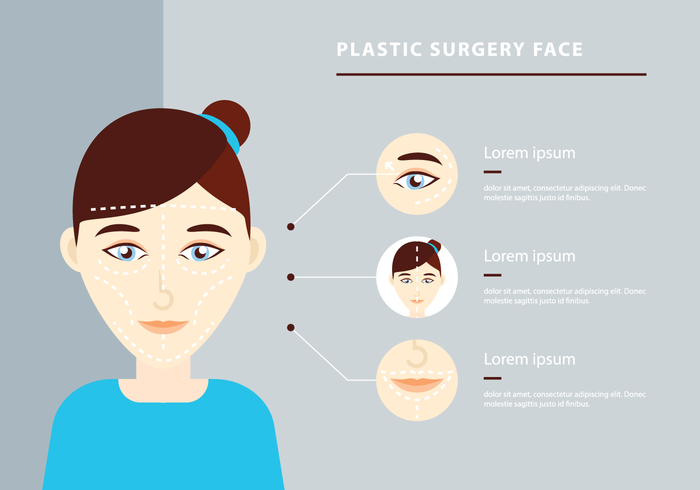Does Chocolate Cause Acne
Does Chocolate Cause Acne
Blog Article
Just How Does Photodynamic Therapy (PDT) Work?
Photodynamic treatment (PDT) incorporates a light-sensitive medicine with unique light to kill cancerous and precancerous cells. Your medical professional places the drug on your skin or inside your eye and then beams a light on the treatment area.
This combination kills cancerous cells and spares healthy tissue. Yale Medicine pulmonologist George Eapen, M.D., discusses exactly how this works.
The Photosensitizer
Photodynamic therapy (PDT) utilizes a combination of light and a medication called a photosensitizer to kill cancerous or precancerous cells and spare healthy tissue. You get an injection of the photosensitizer, which is then triggered by light in your body. The photosensitizer is taken in by both healthy and balanced and malignant cells yet isn't poisonous till it is activated by the light.
Light-absorbing molecules, known as photosensitizers, are found in plants and animals, including people. There are numerous photosensitizers, however a lot of have the ability to take in a certain series of light wavelengths.
As soon as the photosensitizer is revealed to a light with a matching spectral variety, it's transformed from its ground state right into an excited singlet state. This enables it to move power to molecular oxygen, creating singlet oxygen and free radicals that mediate cellular poisoning.
The Light
Throughout therapy, a special light is shined on the area where the photosensitizer was applied. This light triggers the medicine and damages cancer cells or precancerous cells that it has targeted.
The drugs that are utilized in photodynamic therapy have various absorption buildings and some of them may take hours to leave typical cells however stay much longer in cancer cells or precancer cells. This procedure permits the doctor to target cancer cells a lot more precisely than various other sorts of treatments that make use of visible light, such as lasers or electrocautery [54]
Photodynamic treatment can deal with the earliest spots of sunlight damage referred to as actinic keratosis and can lower skin cancer advancement in individuals at high risk for creating the condition. It is likewise an alternative for some clients with damp type age-related macular deterioration, which is a typical source of loss of central vision in older grownups. It can not restore the loss of vision brought on by this disease, however it can slow down the progression of uncommon blood vessel development that causes damp AMD.
The Activation
Photodynamic treatment (PDT) utilizes a drug and light to treat cancer cells and various other skin problem. It targets precancerous cells and eliminates them. Unlike various other cancer therapies that burn skinlab and ruin, this therapy kills precancerous cells while sparing healthy and balanced tissue.
The photosensitizer is supplied into the skin through topical, dental or intravenous administration. It is soaked up by the growth cells and triggered when revealed to light of a particular wavelength. This causes a sequence of photochemical responses that creates reactive oxygen types (ROS) that damages growth cells and kill cancer cells.
PDT is frequently utilized to treat actinic keratoses and in situ squamous cell cancer (Bowen illness). It can additionally be utilized to deal with other types of skin cancer, consisting of shallow basic cell carcinoma. It can be made use of alone or with other therapies, such as surgery or radiation. It can also shrink lumps in the lungs, enabling surgery or various other treatment to be secure and efficient.
The Therapy
PDT works best in tiny unusual locations of tissue that a source of light can get to, such as the skin, eyes, mouth or food pipe (gullet) and lungs. It is also utilized to treat precancerous developments, such as actinic keratoses, which are sun-damaged cells that can turn into cancer cells.
Doctors carry out the photosensitizer as a cream or shot, and then radiate a light on the treatment area. The light damages the irregular cells. While healthy cells take in the photosensitizer, it remains longer in malignant cells.
After the procedure, your body normally gets rid of the dead cells. People with lung cancer might experience coughing up blood or have a bronchoscopy to get rid of the lungs of the dead tissue. Sometimes, your doctors may make use of a bronchoscopy to remove the photosensitizer from the lungs too if it causes severe signs and symptoms. It is very important to remain indoors and utilize sun block when you go outside while the photosensitizer is in your system.